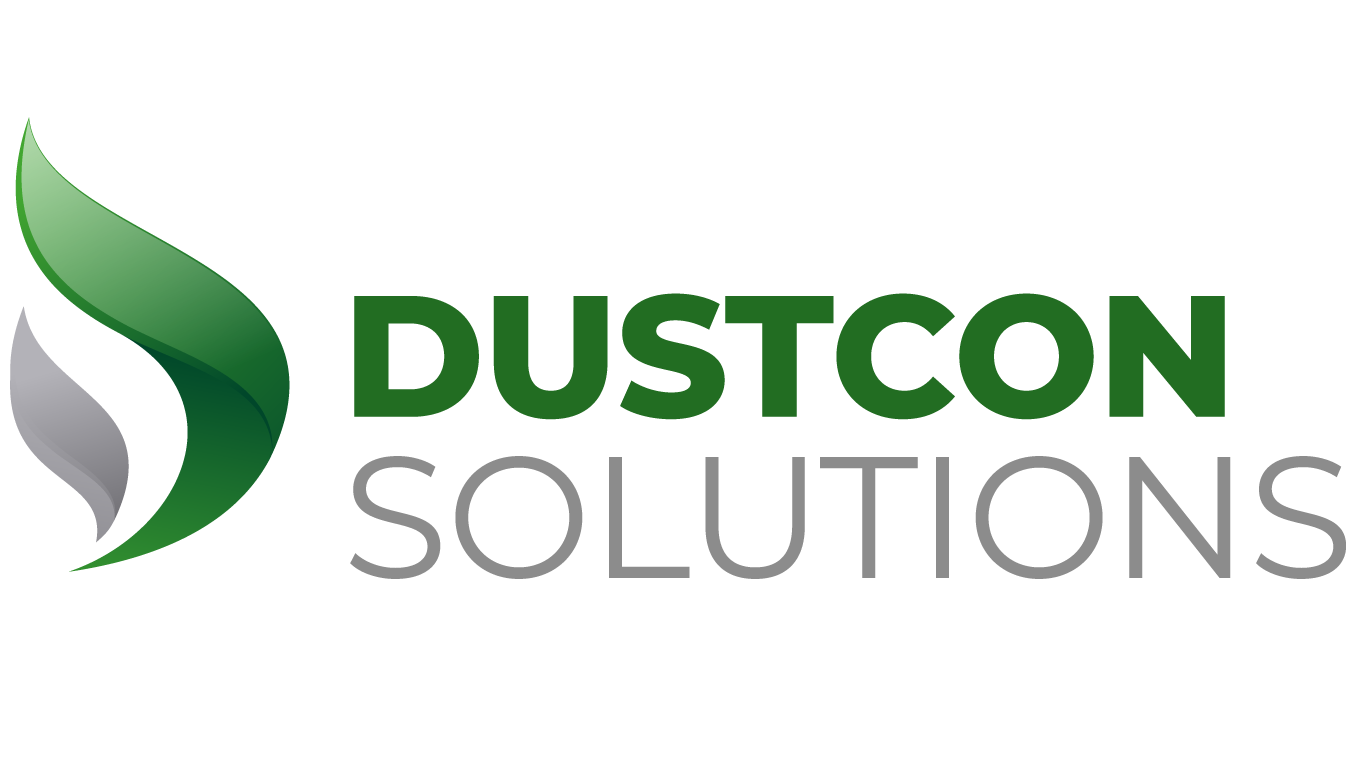

Important Facets of NFPA 652
In the plastic industry, there are abundant powders that can transform into dust clouds that are explosive in nature, when they disperse in air. Some of these powders are resins, molding compounds, and other ingredients commonly used across the industry. Industry-related plastics that could cause explosions are listed by the Chemical Safety Board.
Several standards have been devised by the National Fire Protection Association (NFPA) to assist with the identification of potential hazards that could cause a fire or an explosion, along with steps that can be undertaken to mitigate the risks. In particular, these standards relate to solid particles and combustible dusts. The most recent version of NFPA 652 dates back to 2019.
Operators or owners of facilities are obligated as per the standards outlined here, provided the facilities process or work with substances that are potentially combustible.
According to NFPA 652, a facility’s owner or operator is responsible for the following activities, provided they process dust that is potentially combustible in their plant:
- Determine whether the materials they handle have a high combustibility and explosibility potential.
- Determine if their plant is vulnerable to hazards that could cause a fire, a flash fire, or an explosion. This could be attained by conducting a Dust Hazard Analysis (DHA).
- Undertake steps to regulate any such hazards.
- The affected employees must be informed about the hazards.
Companies typically obtain the required data, determine the dusts’ explosion capabilities, and even conduct a DHA. They often overlook the part concerning training that must be provided in order to mitigate any hazards that are identified and the communication of such hazards. It is important to understand the steps that must be undertaken after obtaining explosion data. Note that the actions listed under the section of “management systems” apply retroactively. Regardless of the age of the facility, this must be performed right away.
Procedural and operational guidelines
The prevention of dust explosions is only possible when there are formal, written operating procedures in place. Normal operations as well as steps that must be undertaken for proper servicing and maintenance must all be outlined in order to guide both the staff and the contractors. It is also pertinent to conduct periodic reviews to verify compliance.
Awareness of hazards and training
The NFPA 652 standard clearly states the importance of conducting training to keep the staff abreast of any hazards. A person’s responsibilities and activities determine the level, frequency, and depth of their training. If an operator is not knowledgeable about dust explosions and what precautions are required, he or she could put others at risk.
Housekeeping
Powder layers are capable of causing large fires and if they are disturbed, they could rise up to form a dust cloud that is explosive. This is why it is important to maintain efficient housekeeping practices, which must also undergo periodic review via an audit.
Hot work
For hot work, it is necessary to have appropriate procedures in place. Otherwise, powder layers or clouds may be ignited by various hot surfaces, welding torches, and other sources.
Planning and responding to emergencies
Post-DHA work entails planning for emergencies and efficiently responding if one occurs. Sometimes, dust explosions occur due to minor errors, such as the use of the wrong medium for extinguishing fire, in case powder erupts during firefighting. Fire should never be put out with water when it comes to some powders.
Investigation
Once an incident occurs, qualified people must conduct an investigation in order to identify the cause and devise solutions that can prevent a recurrence of the issue.


NFPA Compliance Undergoes Major Changes
The National Fire Prevention Association (NFPA) has outlined a dust collection system design that mu


Important Facets of NFPA 652
In the plastic industry, there are abundant powders that can transform into dust clouds that are exp


Addressing NFPA 652 Standard Regarding Combustible Dusts
Do you operate a facility that requires you to engage with substances that are dusty or powdery in n





